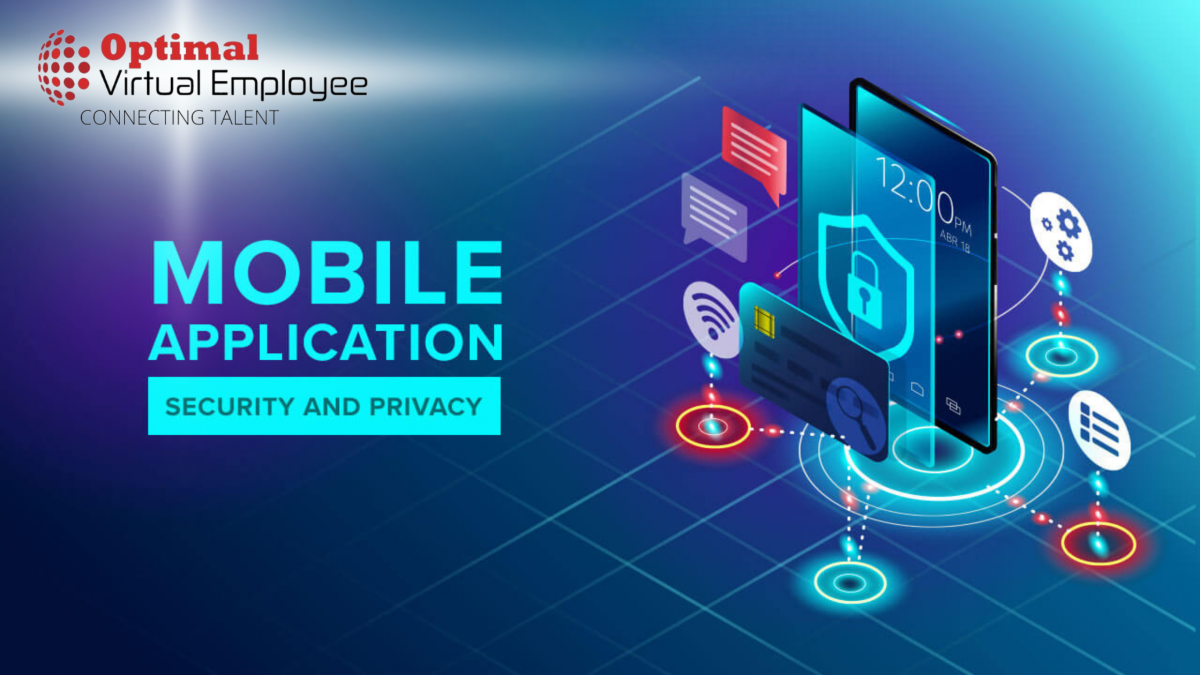Today, software development has become a complicated task for developers. Security is one of the biggest concerns when developing an application, and it’s becoming increasingly important to be aware of the potential security mistakes that can be made during the development process. In this article, we’ll look at 9 of the most common security issues developers should avoid when building their applications to have a secure and trustworthy product.
Introduction
As a developer, it is essential to be aware of security issues that could affect the development of your app. Security breaches can occur through various means, such as malicious code, unauthorized access, or exploitation of vulnerabilities. By securing your app during development, you can help protect your users’ data and reduce the risk of a security breach.
Consider using a security framework or library that provides built-in security features when developing your app. These can help to reduce the amount of custom code you need to write to implement security measures. In addition, be sure to keep your app up to date with the latest security patches and updates from your development platform. By staying up to date, you can help mitigate newly discovered vulnerabilities.
Finally, remember that security is an ongoing process. Regularly review your app’s security measures and update them as needed to stay ahead of new threats. By taking these steps, you can help ensure that your app is as secure as possible.
- Social Engineering Attacks
Social engineering attacks are becoming increasingly common as cyber criminals target people rather than technology. In a social engineering attack, the attacker uses deception to trick the victim into doing something that will compromise their security, such as clicking on a malicious link or opening an attachment that contains malware.
Attackers often pose as a trusted entity to gain the victim’s trust. They may even use personal information that they’ve gathered about the victim to make the attack more convincing. These attacks can be complicated to detect, and even people who are generally vigilant about security can fall prey to them.
As a developer, you can help protect your users from social engineering attacks by raising awareness of these threats and teaching them how to spot them. You should also design your applications, so that it’s difficult for attackers to collect personal information about your users.
- Code Injection Attacks
Code injection is an attack where malicious code is injected into an otherwise legitimate application. This can allow attackers to gain control of the application, access sensitive data, or even execute arbitrary code.
There are a few different ways that code injection can occur, but one of the most common is via user input. If an attacker can supply malicious information to an application, they may be able to cause the application to execute its code.
Preventing code injection attacks can be difficult, but developers can do a few things to reduce the risk. Input validation is one of the most critical defense mechanisms against this attack. Attackers can find it much harder to inject malicious code into your application by carefully validating and sanitizing all user input.
In addition, using secure coding practices can help to mitigate the risk of code injection attacks. Following proper security protocols when developing your applications will make it much harder for attackers to find and exploit any vulnerabilities.
- Data Exposure Risks
Regarding app development, data exposure risks are one of the most critical security issues. There are several ways that data can be inadvertently exposed during the development process, and it is essential to take steps to prevent these exposures from happening.
One common way data can be exposed is through resources left open and accessible on the server. These resources may contain sensitive information such as user credentials or database connection strings. Another way data can be exposed is through vulnerabilities in the code itself. These vulnerabilities may allow attackers to view or modify data that should be hidden from them.
To protect against these risks, developers need to take a few precautions:
– They should ensure that all resources on the server are properly secured and not left open and accessible.
– They should test their code for vulnerabilities and fix any issues.
– They should encrypt all sensitive data before storing it on the server.
– By taking these steps, developers can help keep their applications secure and protect user data from being exposed.
- Permissions and Authorization Controls
There are vital things to remember regarding permissions and authorization controls for secure app development. First, it’s essential to understand the difference between the two concepts. Permissions refer to what users can do within the app, while authorization controls determine who can access the app and its features.
When it comes to permissions, developers need to be sure that they understand the needs of their users and what types of actions they should be able to perform within the app. It’s also important to consider which activities require additional authentication or approval before being carried out. For example, a banking app may need users to enter their PIN or use fingerprint authentication for specific operations like transferring money.
As for authorization controls, developers need to ensure that only authorized users can access the app and its features. This can be accomplished through various means, such as requiring user authentication (e.g., login credentials), using device-based security measures (e.g., requiring a passcode), or implementing network-based security measures (e.g., firewall rules).
No matter which approach is taken, it’s vital that developers carefully consider the security implications of their decisions and implement appropriate safeguards accordingly.
- Malware
When developing a secure app, one of the first things developers need to be aware of is malware. Malware is a type of software that is designed to damage or disable computers and computer systems. It can include viruses, worms, trojan horses, and spyware.
Malware can wreak havoc on your computer system, causing data loss, corrupting files, and even crashing your system. It can also steal sensitive information such as passwords and credit card numbers.
There are a few things developers can do to protect their apps from malware:
- Use a reputable security tool to scan for malware before development begins. This will help catch any malicious code that may have been injected into the app during development.
- Deploy the app in a secure environment isolated from the rest of the network. This will minimize the chances of malware spreading if it does manage to get into the app.
- Keep the app up-to-date with the latest security patches. With new vulnerabilities being constantly discovered, it’s essential to keep your app up-to-date to patch any security holes that could be exploited by malware.
- Distributed Denial of Service (DDoS) attacks
A DDoS attack is an attempt to make an online service unavailable by overwhelming it with internet traffic from multiple sources. These attacks often target high-profile websites or services to take them offline for some time.
DDoS attacks can be challenging to defend against, as they can come from anywhere worldwide and be very hard to track. The best defense against a DDoS attack is prevention by ensuring that your website or service is well-protected and has enough capacity to withstand a sudden influx of traffic.
If a DDoS attack targets you, you should first try to identify the source of the attack so that you can block it. You may also need to contact your hosting provider or use a DDoS mitigation service to help protect your site.
- Cross-Site Scripting (XSS) Attack
Cross-site scripting, also known as XSS, is an attack that allows an attacker to inject malicious code into a web page. This code is then executed by unsuspecting users who visit the page.
XSS attacks can steal sensitive information from users, such as cookies or session tokens. They can also be used to launch other attacks, such as phishing attacks or malware infections.
XSS attacks are relatively easy to carry out and are one of the most common web application security vulnerabilities.
To prevent XSS attacks, developers must ensure that all user input is sanitized correctly and escaped before being displayed on a web page. Additionally, developers should consider using a content security policy (CSP) to restrict what resources can be loaded onto a page and help mitigate the risk of XSS attacks.
- Insufficient Transport Layer Protection
One of the most common security issues developers face is the insufficiency to transport layer protection. This can allow attackers to intercept and tamper with communications between the app and the server, exposing sensitive data. To mitigate this risk, developers should ensure that all communications are encrypted using industry-standard protocols such as SSL/TLS.
- Lack of Authentication/Authorization Protocols
Several security risks are associated with failing to implement authentication and authorization protocols within your application. These risks can allow unauthorized access to sensitive data and enable attackers to gain control of the application itself. You are opening up your application to several severe security threats by failing to authenticate and authorize users properly.
Conclusion
Developing a secure app is essential to ensuring that your users are safe when they use it. Whether you’re designing for a mobile or a web-based platform, keeping all possible attack vectors in mind will help protect your users from malicious activities. By following these nine security issues developers need to be aware of, you can be confident in the safety and security of your application. Being mindful and taking proactive steps toward creating a secure application environment for everyone is something we should all prioritize as responsible digital citizens.









